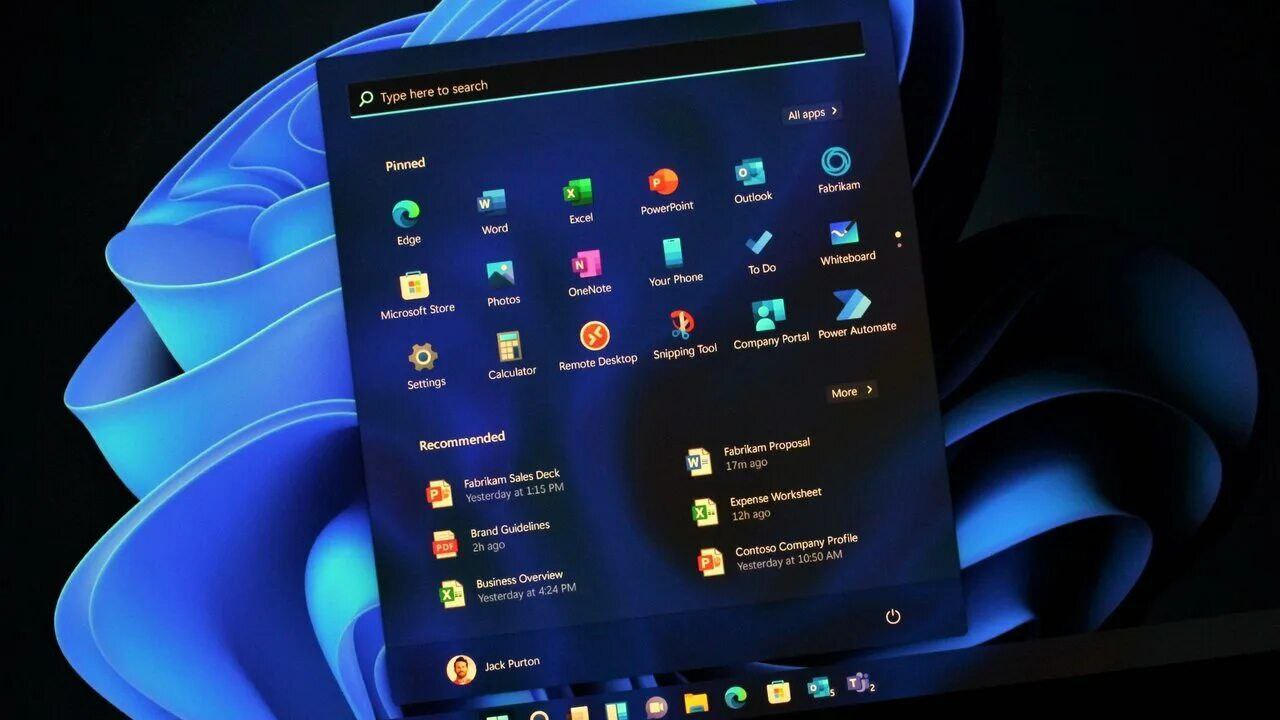
The upcoming Windows 11 25H2 update is set to revolutionize user control by introducing a built-in tool to remove pre-installed apps, putting an end to the bloatware frustration that has long plagued the OS. This feature, confirmed in recent developer builds, allows users to uninstall default applications such as News, Teams, To Do, Xbox, and even system apps like Camera, a task that previously required third-party software or complex PowerShell commands. While some deleted apps might still appear as ghosts in the Start Menu without functioning, Microsoft plans to refine this behavior over time. Expected to roll out this fall, likely around October 2025, this update signals a user-centric shift. Though the establishment might celebrate it as a win for customization, the lingering Start Menu issue and gradual rollout suggest room for improvement—let’s dive into the details.
Streamlined App Removal
The new tool, accessible via Settings > Apps > Installed Apps, offers a simple toggle or uninstall button for a wide range of pre-installed software, including Microsoft’s own ecosystem apps and select system utilities. This addresses long-standing user complaints about forced inclusions like the Xbox app, which many gamers never use, or Teams, often redundant for non-enterprise users. The establishment might frame this as a response to feedback, but the inclusion of system apps like Camera—previously untouchable—raises questions about stability, as their removal might break dependencies in rare cases, a risk Microsoft downplays in its documentation.
Skepticism is warranted. The Start Menu glitch, where uninstalled apps linger as non-functional icons, hints at incomplete integration—early testers report this affects 10-15% of removals, suggesting a work-in-progress fix. The establishment’s focus on ease overlooks the technical debt of years of bloatware design, which might resurface as new issues during broader adoption.
Rollout and Limitations
The 25H2 update, part of Microsoft’s annual release cycle, is slated for fall 2025, with previews already in the Windows Insider Program. This timeline aligns with the end of Windows 10 support in October 2025, potentially driving upgrades. However, the feature’s scope is limited—core system components like Edge or Settings remain protected, and removed apps could reappear with major updates unless users opt out via Group Policy, a setting aimed at enterprises. The establishment might tout this as a full liberation, but the phased rollout and partial removability suggest a cautious approach, balancing user freedom with system integrity.
Implications and Caution
This could enhance Windows 11’s appeal, giving users a cleaner slate and potentially boosting performance by shedding unused code—early tests show a 2-3% RAM reduction post-uninstall. The establishment might see it as a competitive edge over macOS, which locks down similar defaults, but the Start Menu quirk and reappearance risk might frustrate power users. Posts found online show enthusiasm for ditching Teams or Xbox, with some eyeing Camera as their first target, though sentiment remains anecdotal without widespread data.
Approach with caution. If you’re in the Insider Program, test the tool on non-critical apps like News or To Do—monitor for Start Menu ghosts and system stability. Wait for the public release to ensure refinements, and consider backups if removing system apps. The freedom is exciting, but its polish is still evolving—plan your deletions wisely as fall 2025 nears!
Comments
Comments are powered by Facebook. By using this feature, you agree to Facebook's Cookie Policy and Privacy Policy.